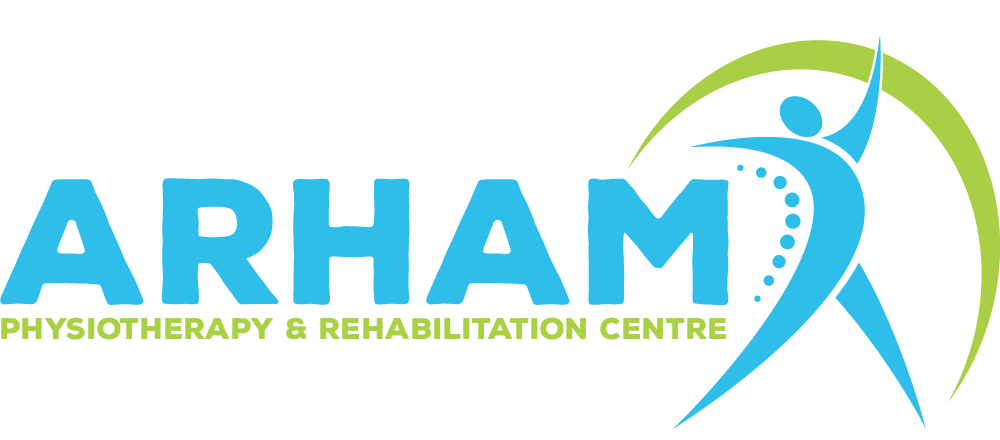The Role of Physiotherapy in Fracture Recovery
Physiotherapy is essential for healing fractures to make your muscles and joints regain the strength they had before, which makes your body stronger and helps your body gain strength and strengthen its muscles.
Doctors may recommend visiting a physio centre after fracture treatment to restore your bone muscles and joints to their former strength. Arhamphysio specializes in fracture physiotherapy and helps people gain confidence after fracture recovery.
Importance of Physiotherapy After Fracture:
A fracture is not a single injury; soft tissues and adjacent structures are frequently harmed. Furthermore, immobilization techniques like plaster casts can cause muscular weakening and joint stiffness. We at ArhamPhysio know that bone union and consolidation are not the only steps in the healing process.
We understand that non-fractured joints and muscles must be included in rehabilitation for the best chance of recovery. For example, extended immobility following a shattered shoulder may result in stiffness in the elbow or wrist. When there are disparities in strength or range of motion, even fractures in the lower limbs can affect how the body functions as a whole.
Duration of Rehabilitation:
The kind, location, and severity of the fracture and the patient’s age and general condition affect how long and how often treatments are administered. Patients can commonly return to regular activities and be fully discharged after 12 to 16 weeks. Complex instances, however, can call for a lengthier recovery time.
Physiotherapy for Fracture Rehabilitation:
At Arham Physio, we thoroughly analyze your injury during your first physiotherapy consultation and review any particular recommendations from your physician. The course of treatment involves a steady progression from mild passive range-of-motion activities to more active range-of-motion and strengthening exercises using various tools, such as balls, weights, and elastic bands. Exercises should gradually increase intensity to support healing and guarantee that your recovery objectives are met. Our committed physical therapists work to ensure that your fracture heals properly, keep you from being hurt again, and eventually get back to enjoying your favourite hobbies, like sewing or soccer.
Monitoring Fracture Healing:
The healing process for a fracture occurs in multiple stages that begin immediately after the bone breaks. Initially, blood rushes to the area, delivering vital cells necessary for bone healing and providing protection. Around a week later, a callus, a collagen-rich bone tissue, starts forming at the fracture site, gradually hardening over time.
Healing Process:
You should anticipate several changes during the healing process, such as less discomfort, more range of motion, less swelling, and lessening bruises. These signals show that your fracture is appropriately mending.
Commencing Physiotherapy:
If your orthopaedic specialist recommends it, physiotherapy can usually start within the first six weeks of the injury. Early intervention during rehabilitation helps avoid weakening and stiffness in nearby muscles and joints while your fracture heals. Your physiotherapist will concentrate on restoring the full joint range of motion and muscle strength following the first six weeks or as directed by your healthcare physician.
FAQS:
Que: Why is physiotherapy essential after a fracture?
Ans: Physiotherapy plays a crucial role in fracture recovery by helping muscles and joints regain strength, reducing stiffness, and ensuring proper healing. It addresses both the injured and non-injured areas to promote overall recovery.
Que: When should I start physiotherapy after a fracture?
Ans: If recommended by your orthopaedic specialist, physiotherapy can usually start within the first six weeks of the injury. Early intervention helps prevent muscle weakening and joint stiffness.
Que: How long does the rehabilitation process take?
Ans: The kind, location, and severity of the fracture, in addition to the patient’s age and overall health, all influence how long rehabilitation takes. Patients can usually resume their regular activities in 12 to 16 weeks, while more complicated instances might take longer to heal.
Que: What does the physiotherapy treatment involve?
Ans: At Arham Physio, treatment begins with an initial assessment of your injury and physician recommendations. It progresses from mild passive range-of-motion exercises to more active strengthening exercises using tools like balls, weights, and elastic bands.
Que: What can I expect during the fracture healing process?
Ans: The healing process includes several stages, from blood rushing to the fracture site to delivering vital cells. Within a week, a collagen-rich callus forms, which gradually hardens. As healing progresses, you can expect reduced discomfort, increased range of motion, less swelling, and diminishing bruises.
Que: How does physiotherapy help prevent future injuries?
Ans: Physiotherapy helps ensure the fracture heals correctly, strengthens muscles, and restores the full joint range of motion. With this all-encompassing strategy, you can safely resume your favourite activities and help prevent future injuries.
Que: Can physiotherapy help with stiffness in joints other than the fractured one?
Ans: Yes, physiotherapy includes exercises and treatments that prevent stiffness in non-fractured joints and muscles, which can occur due to immobilization of the fractured area.
Que: What are the stages of the healing process for a fracture?
Ans: The healing process starts with blood flow to the fracture site, followed by forming a callus within a week. Over time, the callus hardens, indicating proper bone healing.
Que: Will I need to continue physiotherapy after my fracture heals?
Ans: Depending on your recovery progress, your physiotherapist may recommend continuing exercises to maintain strength and flexibility even after the fracture has healed fully.
Que: How can I ensure the best recovery after a fracture?
Ans: For the best recovery, follow your physiotherapist’s guidelines, stay consistent with prescribed exercises, and attend all therapy sessions. It’s also critical to discuss any worries or changes in your condition with your healthcare physician.
